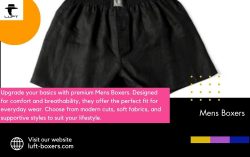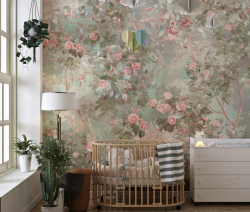What Are The Differences Between PTFE Coated Glass Cloth Tape and PTFE Film Tape?
In the field of industrial applications, Polytetrafluoroethylene (PTFE) has established itself as a versatile material due to its exceptional non-stick properties, high-temperature resistance, and chemical inertness. Among the various forms of PTFE products, PTFE coated glass cloth tape and PTFE film tape are two widely utilized options. While both tapes harness the advantages of PTFE, they possess distinct characteristics that make them suited for different applications. This article aims to clarify the key differences between these two types of tapes, enabling professionals to select the right product for their specific needs.
Composition and Structure
The primary differentiator between PTFE coated glass cloth tape and PTFE film tape lies in their composition and structural makeup.
PTFE Coated Glass Cloth Tape: This tape features a robust fiberglass substrate coated with a thin layer of PTFE. The fiberglass imparts superior strength and durability, making this tape thicker and more resilient than its film counterpart. The PTFE coating not only provides exceptional non-stick properties but also enhances thermal resistance, allowing it to perform effectively in high-temperature environments. With silicone adhesive, this tape offers excellent adhesion across numerous surfaces.
PTFE Film Tape: Unlike the coated variant, PTFE film tape is made from a solid PTFE film without an underlying substrate. This results in a thinner, more flexible product that is excellent for applications requiring high insulation and chemical resistance. The lack of a woven structure contributes to a smooth surface that enables precise adhesion and tighter sealing. The silicone adhesive used in this tape further enhances its functionality, making it suitable for various applications.
Performance Characteristics
Both types of tapes exhibit remarkable resistance to extreme temperatures and chemicals, although their performance metrics diverge based on their structural differences.
PTFE Coated Glass Cloth Tape: With an impressive temperature resistance range of -70°C to 260°C, this tape is designed for heavy-duty applications. It can easily withstand temperature fluctuations and is ideal for high-heat settings, including industrial ovens, heat sealing machinery, and furnace insulation. The additional tensile strength from its thicker construction results in a remarkable resistance to tearing and wear, making it suitable for demanding environments.
PTFE Film Tape: This tape is particularly adept at handling electrical insulation requirements. Operating effectively at temperatures up to 204°C, it is ideal for environments where lightweight and flexible materials are necessary, such as aerospace and automotive industries. The smooth surface ensures clean removal and minimal adhesive residue, making it an optimal choice for delicate applications.
Applications
Delving into the specific applications highlights the distinct roles of these two types of tapes in various industries.
PTFE Coated Glass Cloth Tape: This tape finds extensive use in the manufacturing and food processing sectors. It is especially well-suited for heat sealing, insulation, and surface protection applications due to its durability and strength. Industries that require high-impact resistance favor this tape, which is essential in maintaining product integrity during processing and storage.
PTFE Film Tape: The versatility of PTFE film tape makes it a popular choice in electrical insulation, chemical processing, and even non-stick coatings. Industries such as aerospace and automotive leverage its lightweight and high-performance properties. Its capacity to withstand corrosive substances while providing effective electrical insulation makes it an ideal option across a range of applications.
Summary of Key Features
Both PTFE fiberglass cloth and PTFE film tape have unique advantages that cater to specific operational needs:
PTFE Coated Glass Cloth Tape:
o Composition: Fiberglass substrate coated with PTFE.
o Temperature Resistance: -70°C to 260°C.
o Adhesive: Silicone.
o Applications: Heat sealing, insulation, food processing, and more.
PTFE Film Tape:
o Composition: Solid PTFE film without a substrate.
o Temperature Resistance: Up to 204°C.
o Adhesive: Silicone.
o Applications: Electrical insulation, aerospace, automotive, and chemical processing.
Choosing the Right Tape
When selecting between PTFE glass cloth and PTFE film tape, it’s crucial to consider the specific demands of your project. If you need a tape that offers durability and mechanical strength in high-heat environments, PTFE coated glass cloth tape is the evident choice. Conversely, if your application requires a thin, flexible option, PTFE film tape may be more suitable, especially in situations prioritizing insulation and smooth adhesion.
In conclusion, understanding the distinctions between PTFE fiberglass cloth, ptfe cloth tape, ptfe film tape, ptfe skived film, ptfe skived tape, skived ptfe, and skived teflon tape ensures that professionals can make informed decisions based on their operational requirements. By recognizing these nuances, you can optimize efficiency and effectiveness in your industrial applications, leveraging the advantages these specialized PTFE products have to offer. Whether your focus is on durability or flexibility, the right tape can make all the difference in achieving operational success.























































